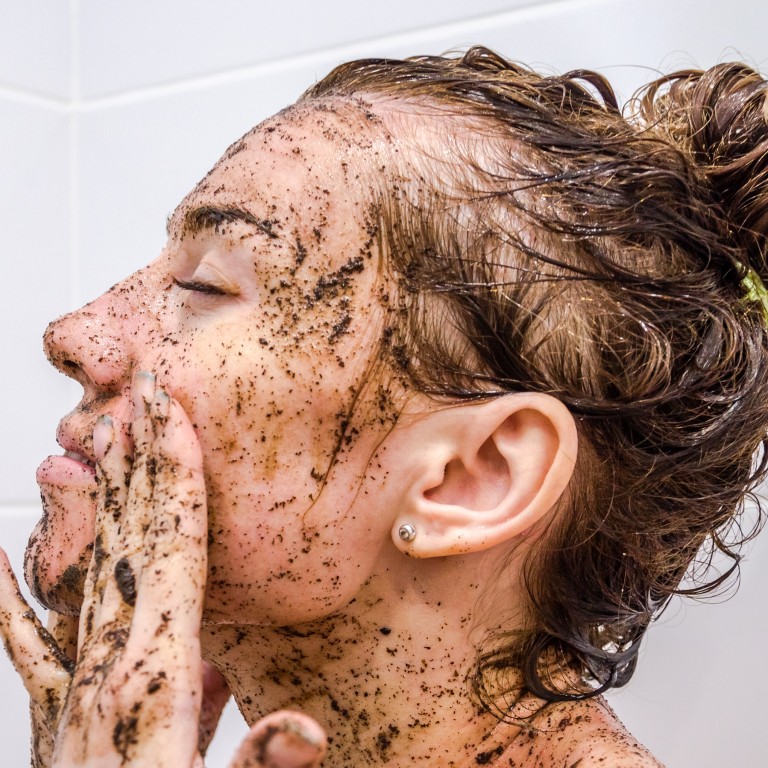
Explainer | Lose that dead skin: exfoliation secrets, tips and everything else you need to know to keep your youthful glow
- Dead skin can clog up pores, increase production in oil glands, and cause skin rough and acne
- Exfoliation is the solution, but there are different ways to do it and products to use, and it is important to find out your skin type before you start
We’ve been told about the importance of hydrating and cleansing skin, but exfoliating is just as important, only a bit more confusing.
If done correctly, this single step can change your skin, leaving it clearer, brighter, smoother, and free of dead skin cells. However, there is no simple formula. We all need different types, methods and schedules, although there are some general rules you can follow, depending on your skin type.
Fiona Brackenbury, a skincare expert and former global education director for L’Oreal, thinks exfoliation can be somewhat addictive, as it offers instant, visible results.
“There is a temptation to overexfoliate,” she says. “Dead skin cells fall away naturally every minute of every day, so we do not need to be exfoliating every day.
“Ideally once or twice a week is sufficient, and [people with] oilier skins need to bear in mind that using a physical (with grains) exfoliator can stimulate the oil glands into producing more oil – brilliant for dry skin but the last thing you want for oily skin.”
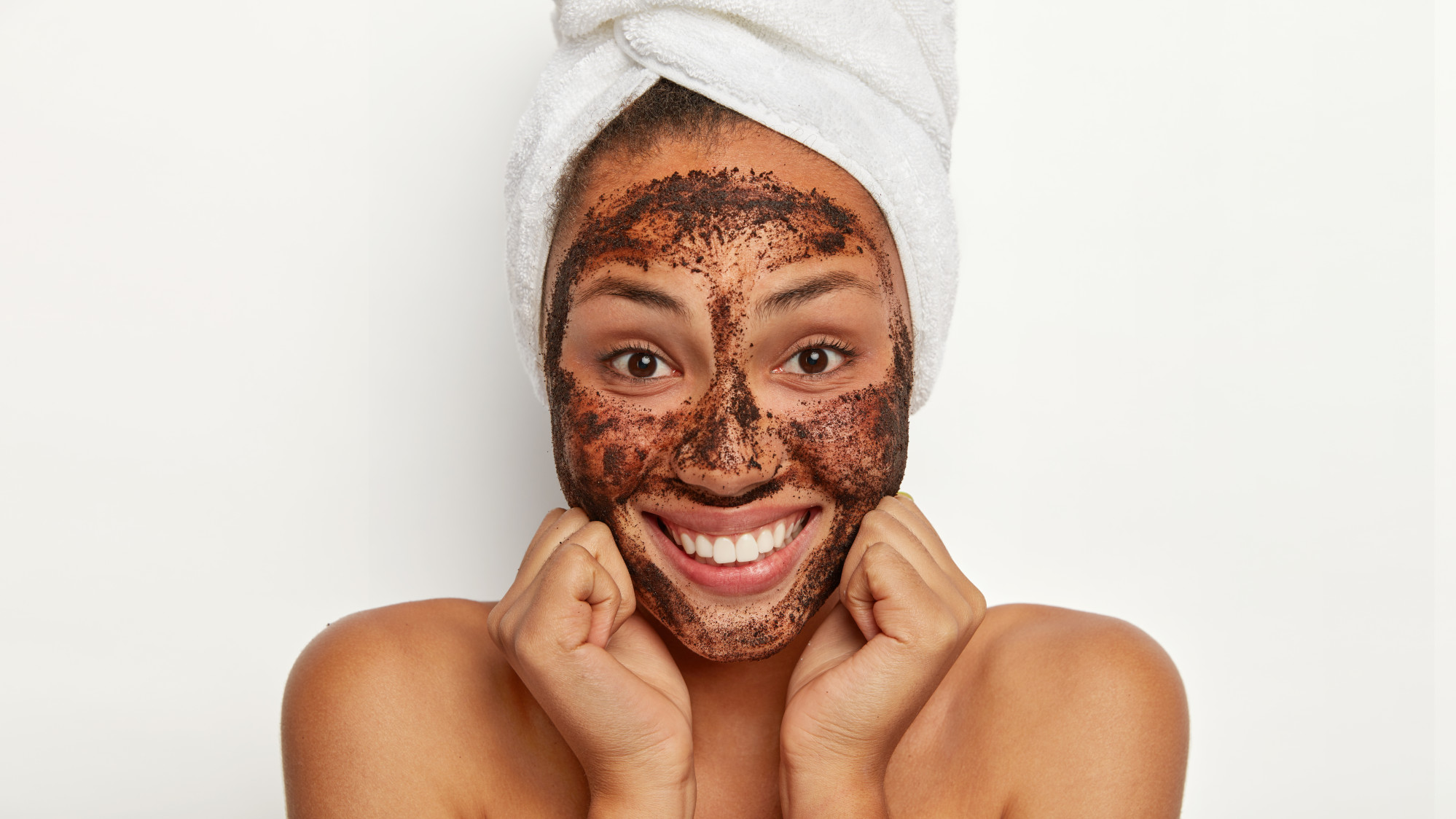
It’s common to think exfoliation is only about getting rid of unwanted debris, but it offers more than that.
It can help decongest and clean out pores, fade hyperpigmentation, stimulate cell turnover, encourage blood circulation, even out skin texture, elevate hydration levels, and get rid of unwanted bacteria.
But even knowing all this, exfoliating is still somewhat of a question mark for many: Can you do it if you have “X” or “Y” skin? How often should you do it? What kind of exfoliator is the right one for you?
Bananas, kiwi, avocados – in your bathroom? Why they’re great for beauty
Why do we need to exfoliate?
No matter how much we take care of our skin, with age, cell turnover gets slower and dead skin cells accumulate faster, which can make your complexion look dull.
Add excess sebum, humidity, debris and impurities, and pores can do nothing but get blocked. Exfoliation comes to the rescue, as it helps remove the top layer of dead cells, revealing the strong, bright and healthy skin.
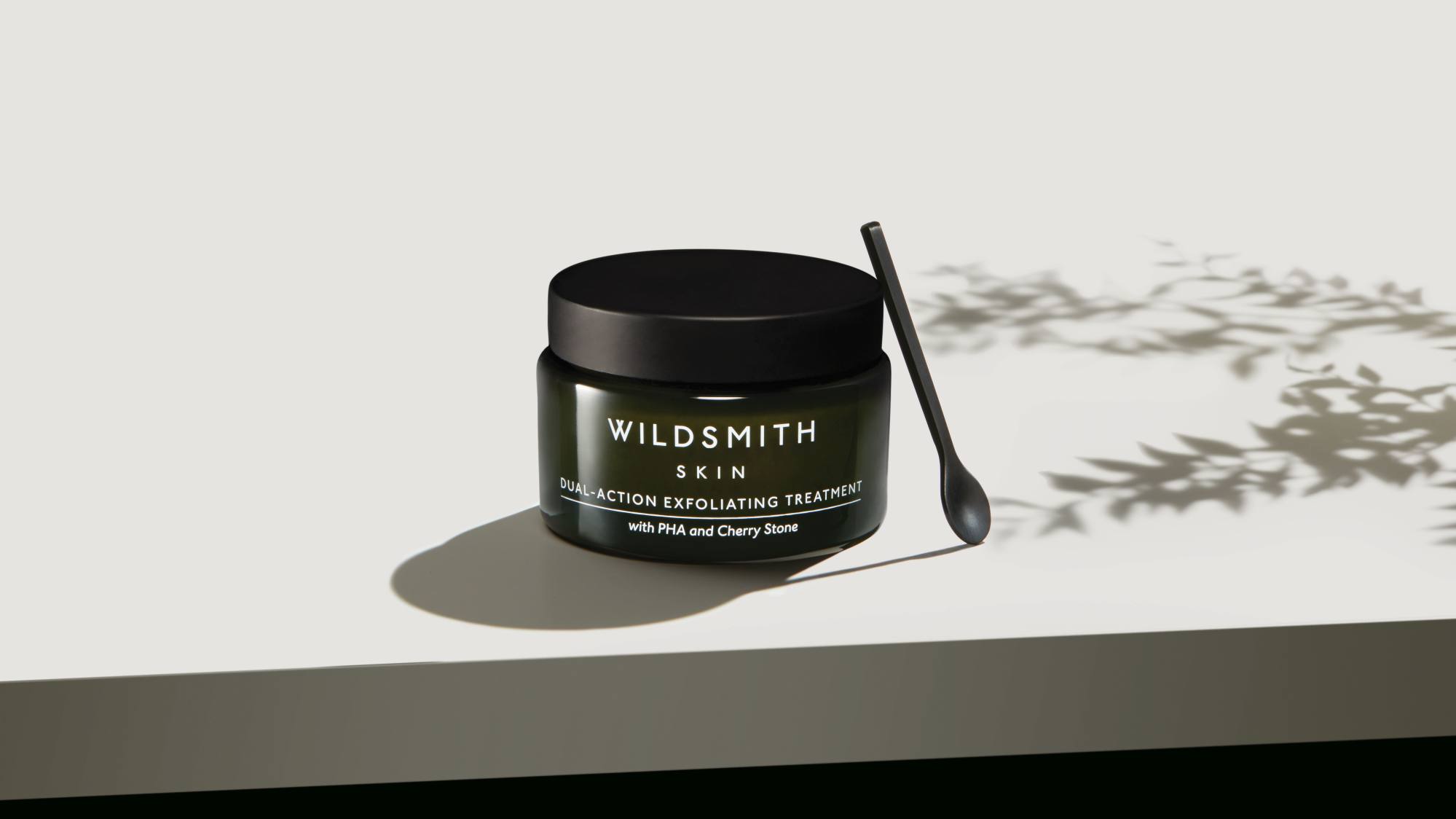
What are the benefits of exfoliation?
It keeps your pores clean and healthy
Sweeping away dead skin cells and debris keeps your pores from getting clogged with blackheads and/or whiteheads.
Exfoliating stops them from showing up, as once the blockage forms, sebaceous glands secrete even more oil – which has nowhere to go – leading to pimples and pustules.
The right exfoliator will help get rid of the crumpled-up cells while keeping your pores unclogged.
Skincare 101: why you should never neglect your body care
It helps prevent and reduce acne
Dead skin cells and excess sebum are food for acne-causing bacteria, and the more they accumulate, the easier it becomes for bacteria to reproduce, leading to a never-ending cycle of acne.
By exfoliating regularly you’re reducing the amount of “food” you provide acne with, and the amount of time it spends on your pores.
It helps skincare products penetrate better
Think of dead skin and debris as a barrier between the deeper layers of your skin and your serums, masks, and moisturisers. By exfoliating, you’re allowing formulas to penetrate deeper and work better.
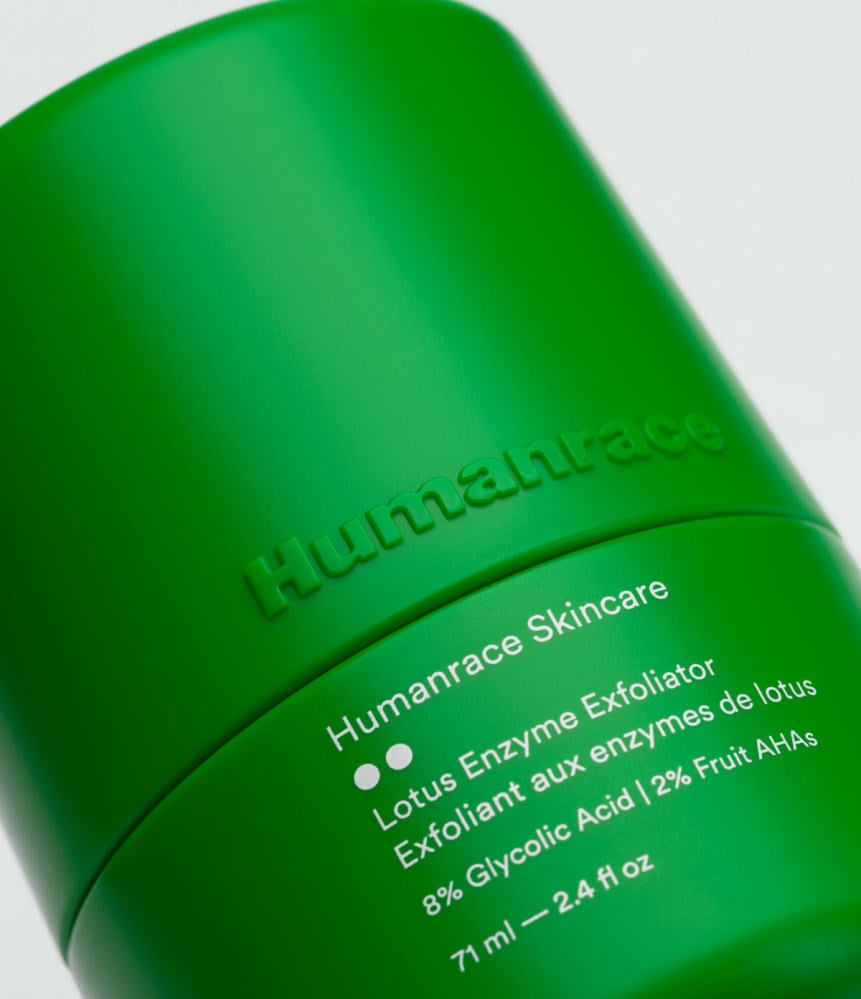
It evens out skin tone and texture
Dealing with dark spots, acne scars, textured skin, or hyperpigmentation? Exfoliating helps break down dead skin, making it smoother, so it looks more even and healthy.
It also stimulates collagen synthesis, which will improve your overall skin’s appearance, keeping it plump, elastic and looking young.
It brings back the glow
Our skin usually regenerates every 28 to 30 days, so every month or so, healthier skin reaches the surface. But with time and age, the process tends to slow down, leading to dead skin pile-up, which can make your complexion opaque, dull and rough.
Exfoliating will help get rid of that layer of accumulated cells allowing newer, brighter skin to surface and glow.
From saggy jowls to bad acne, get your face ready for summer
What are the main types of exfoliation?
There are two main categories: chemical and physical, and figuring out which is the right one for your skin is a must before getting started.
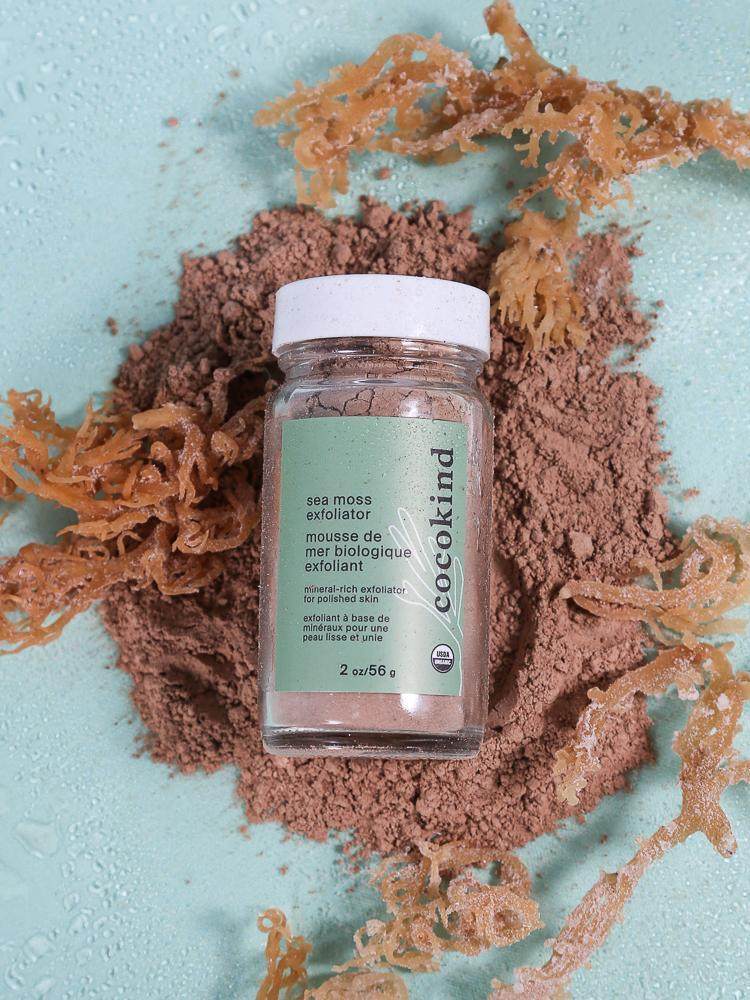
Physical exfoliation
This kind of exfoliation uses agents such as small grains, gauze, brushes or scrubs to remove dead skin cells. These can keep your skin and pores clean, but they need to be handled gently so you don’t damage your skin.
It’s better to avoid exfoliants formulated with large particles such as sand, fruit pits, sugar/salt grains or nutshells as they’re too sharp or spiky and can cause little tears in the skin. Instead go for powders, enzyme peels or pads.
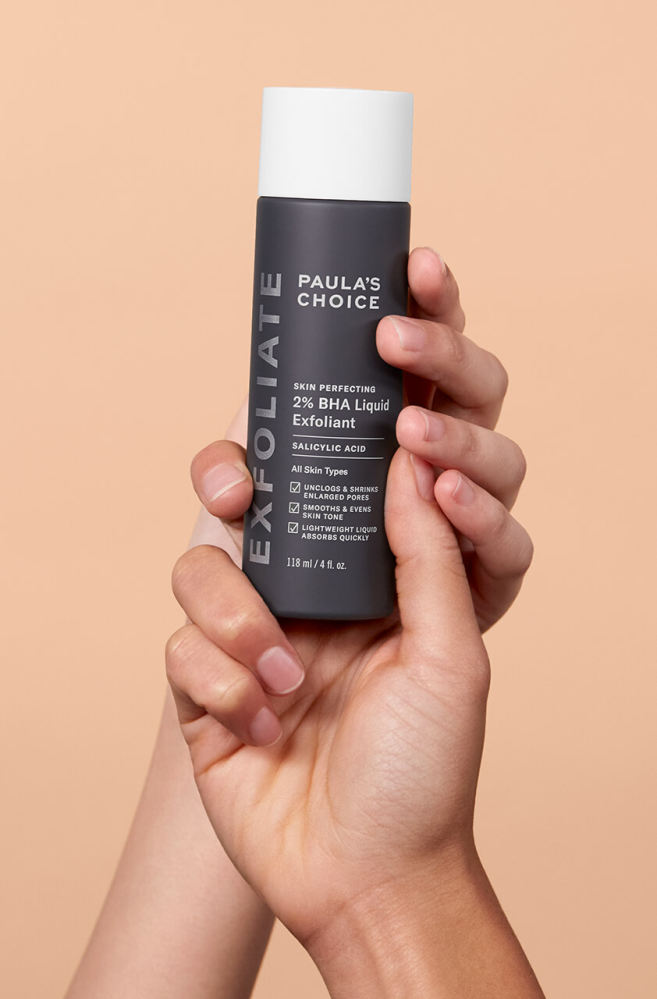
Chemical exfoliation
The word chemical tends to make people a little nervous, but there’s nothing to be afraid of. Chemical exfoliants help remove dead skin cells – and anything that may be clogging your pores – by using acids to boost cell turnover.
The most common chemical exfoliators are AHAs (alpha-hydroxy acids), BHAs (beta hydroxy acids), and PHAs (polyhydroxy acids).
AHAs are ideal for dealing with dry or flaky skin, whiteheads and overall texture, as they help break down dead skin cells, but as they’re water-soluble, they’re not able to penetrate too deep into the skin.
BHAs can reach way deeper into your pores, thanks to their oil-soluble structure, providing you with a more in-depth exfoliation that’s capable of killing bacteria, reducing inflammation, and removing whatever may be clogging your pores.
That’s why BHAs are ideal for those struggling with acne-pore skin, excess sebum production and blackheads.
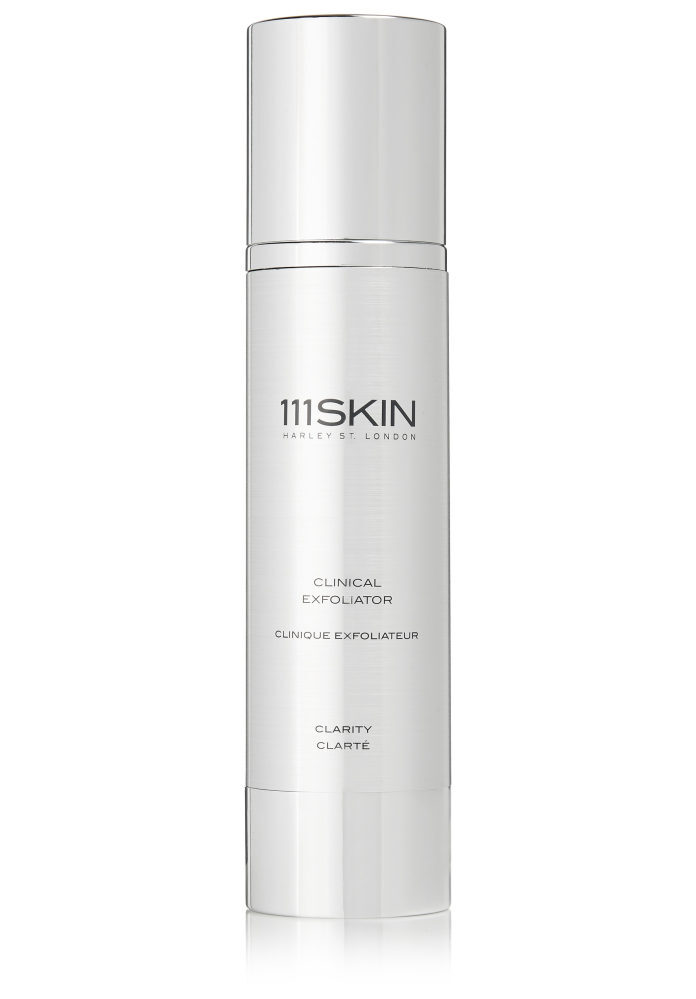
PHAs are ideal for moisturising, smoothing, and anti-ageing. They are great alternatives for those with sensitive skin or conditions such as eczema and rosacea.
Their molecules are much larger than AHAs and BHAs, and focus mainly on the skin’s surface, which stops them from disturbing the deeper, delicate layers. But for sensitive skin types, PHAs are not the only option.
“Sensitive skin will adore enzymes, such as pineapple, papaya and pomegranate, as they nibble away at the dead skin while soothing and calming,” Brackenbury says.
Skincare experts have developed formulas that feature both chemical and physical agents.
For example, Wildsmith Skin recently came out with a dual-action exfoliating treatment, a blend of chemical and physical exfoliators that not only support the skin’s natural exfoliation process but also, by including enzymes, physical and chemical exfoliants makes it suitable for all skin types.
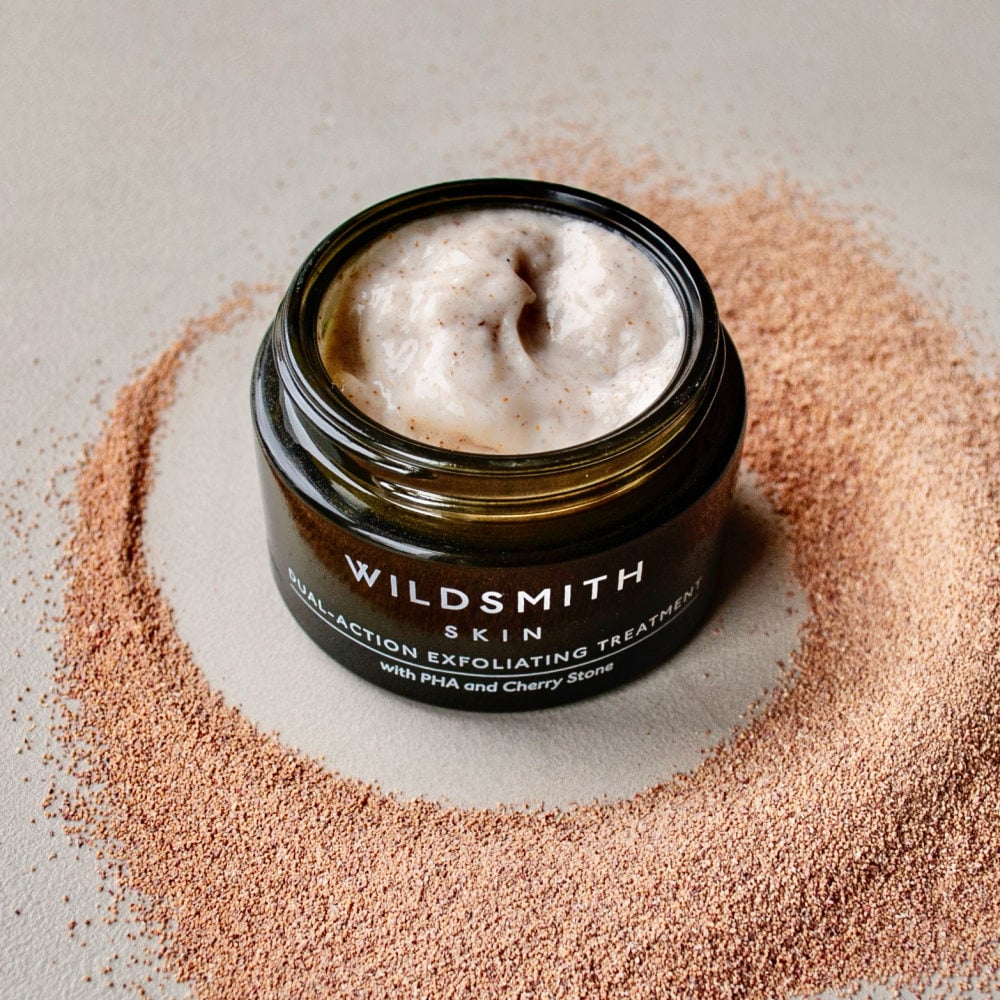
The mixture of gluconolactone (a naturally derived PHA), pineapple fruit extract (a powerful yet kind enzymatic exfoliating agent), and cherry stone micro powder (a gentle physical exfoliation) provides the benefits of each exfoliation type without causing irritation or being too aggressive.
It effectively removes debris, dead skin cells and bacteria that may be trapped inside your pores.
What are the most common exfoliation mistakes?
You may feel like exfoliating every day, but you need to practise moderation. If you’re using physical exfoliators, make sure not to scrub too hard or you may cause inflammation or even little wounds.
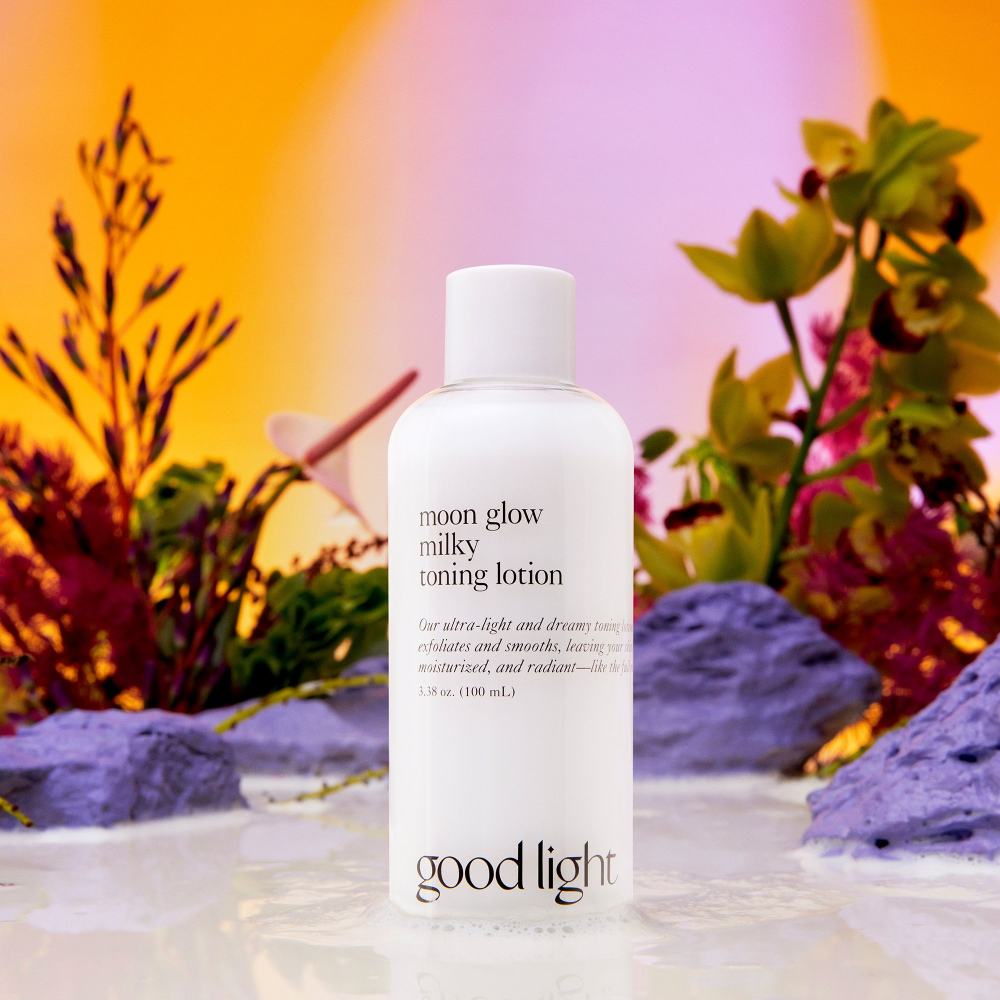
Another common mistake is to do it way too often. Usually, no one needs to exfoliate more than once or twice a week, and for some, it’s even less than that.
According to Brackenbury, signs that you may be over exfoliating are easy to catch. “Skin can feel tender, and you may also experience a warning tingle when skincare is applied,” she says.
It’s also important to keep in mind that body and facial exfoliators don’t work the same, and you should always remember to moisturise your skin after exfoliating to keep the new skin hydrated and plump.

